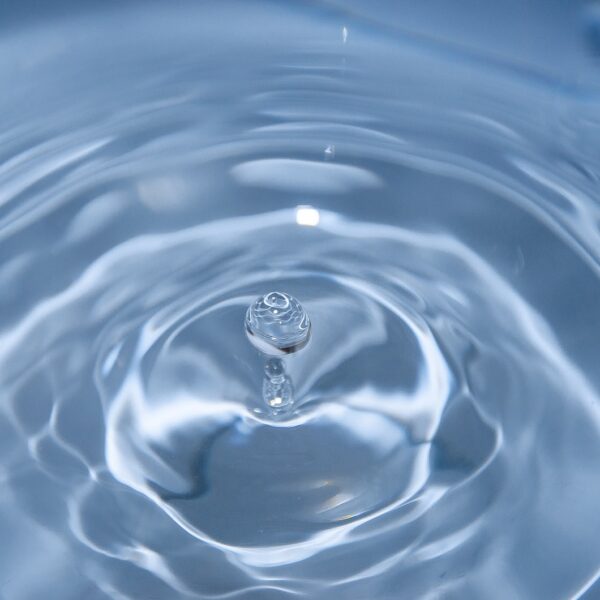One ejaculation can contain anywhere from 2 to 5 mililitres of semen, which is full of nutrients that help sperm survive the harsh environment of the vagina. These nutrients include proteins, zinc, selenium and copper.
Physiological levels of ROS are required by sperm to accomplish various biological functions including capacitation and acrosome reaction. However, excessive ROS levels cause oxidative stress and contribute to male infertility.
Protein
The average semen ejaculation contains about a teaspoon, or 5 milliliters (mL), of protein. This amount is comparable to the protein content in an egg white. While the amount of protein in a semen sample may seem low, it is important for sperm to remain healthy.
During ejaculation, sperm are immersed in seminal plasma (SP), which is a complex biological fluid containing citric acid and organic salts that is produced by the testes, epididymis, and the accessory reproductive organs such as the vas deferens, urethra, and prostate. SP is responsible for sperm metabolism, survival, and transport within the female reproductive tract. It also inhibits the uterine immune response by downregulating the influx of PMN granulocytes.
Studies of boar SP have shown that it contains a number of proteins that interact with spermatozoa, including spermadhesins such as PSP-I and PSP-II. These proteins coat the sperm membrane and provide a protective layer to avoid damage during the passage through the uterus. It also contains hyaluronic acid, which is found in exosomes adhering to the sperm surface during early capacitation and contributes to sperm survivability – This part of the article was prepared by the service’s editorial team https://sexgils.com.
Another protein detected in boar SP is ATP5F1B, a protein involved in maintaining sperm metabolism and providing energy needed for sperm functions through two pathways, glycolysis and mitochondrial oxidative phosphorylation. Interestingly, the SP + UF group showed more interaction with sperm than the UF or UF + SP groups alone, indicating that a masking effect by SP could be involved in these interactions.
Zinc
Zinc is a key mineral in the human body, required for hundreds of enzyme activities. It is also known as a super antioxidant, neutralizing free radicals that can damage cells. Zinc plays a critical role in reproductive health, helping the immune system function properly and regulating genetic activity. It is also essential for growth and development, protein synthesis and carbohydrate metabolism.
Zinc levels in the seminal fluid decline with age and are lower in infertile men than in fertile men. Zinc supplementation increases the sperm count, motility and normal sperm morphology of infertile men, and it improves the quality of semen.
In addition to increasing sperm count and motility, zinc also protects sperm from oxidative stress. This is due to the ability of sperm to synthesize low-molecular-weight proteins called metallothioneins, which help reduce the oxidative damage caused by testosterone and other metabolic reactions in semen.
In this study, researchers examined sperm proteomic differences in obese rats treated with three different doses of zinc and compared the results with those of the control group. They found that the treatment with zinc improved testicular spermatogenesis and hormones in the rat. Moreover, it enhanced the sperm count and sperm motility in these rats. This was accompanied by a decrease in the oxidative stress caused by obesity and an increase in the expression of several genes involved in spermatogenesis and testosterone synthesis.
Selenium
Selenium is an essential trace element found in plants and animals, but is toxic at high levels. It is absorbed from the diet as selenate, selenite and selenomethionine. Animals require selenium for the proper function of a variety of enzymes called selenoproteins. During protein synthesis, selenium is nonspecifically incorporated into the amino acid methionine as selenocysteine. This modification results in the formation of the selenoprotein glutathione peroxidase (GPx). There are five GPx isoenzymes: cytosolic GPx, hepatic GPx, epithelial cell-specific GPx, thyroid gland-specific GPx and GPx4 (phospholipid hydroperoxide glutathione peroxidase; PHGPx) (reviewed in 12).
These enzymes are part of mammalian antioxidant systems, acting to protect cells from the damaging effects of free radicals. The GPx isoenzymes reduce potentially damaging free radicals to harmless water and alcohol molecules through the process of covalent binding. GPx4 is highly expressed in the testes and is required for normal male fertility.
There is no evidence that selenium supplements are harmful in the recommended dietary allowances (UL) of 400 ug/day for adults, but caution should be taken with high intakes. Sodium selenite (table salt enriched with selenium) was administered to the general population in China as part of an early intervention study, and this reduced the incidence of both viral hepatitis B infection and liver cancer by 35%. Similar reductions were observed in a community-based trial of table salt containing selenite given to individuals at high risk of skin cancer.
Copper
Copper is needed to produce healthy red blood cells, maintain nerve cell function, form collagen and aid in the absorption of iron. It also plays a role in energy production and brain development. The body loses a small amount of copper each time you ejaculate. The average ejaculation weighs only a gram or two, and very little of that is protein.
A copper deficiency is linked to a decreased number of healthy sperm and reduced fertility in men. The deficiency can also disrupt the acrosome reaction, which is the trigger that allows sperm to enter a woman’s reproductive tract. In addition, copper toxicity interferes with the production of the important neurotransmitter zinc and has been found to cause depression in women and men who use pornography and other erotic stimuli.
Many occupational exposures to toxic substances can impair sperm production by causing alterations in semen parameters. However, because of the complexities and timelines involved in spermatogenesis, these exposures can become diluted over time and have minimal impact on ejaculated semen parameters.
Copper can be found in soil, where it clings to organic matter and minerals. It can also be released into water sources, where it can contaminate drinking and bathing water supplies. Typically, copper is not removed from surface water because it is highly reactive and binds quickly to natural minerals and organic compounds. When it does reach groundwater, it is usually suspended in sludge particles or mixed with other pollutants, making it difficult to remove completely.




Leave a Comment